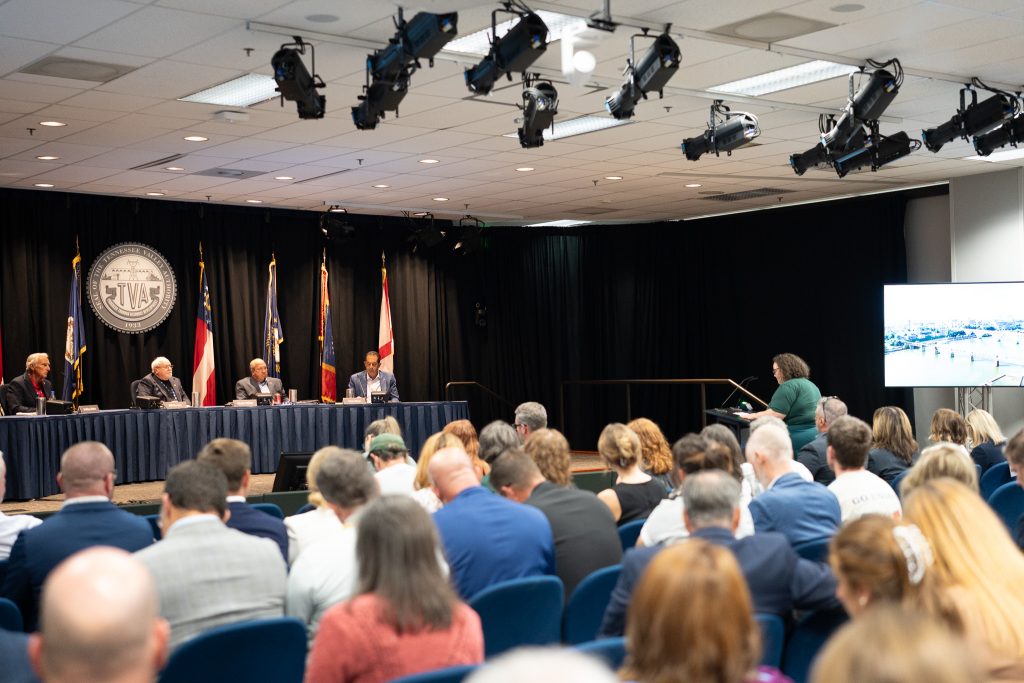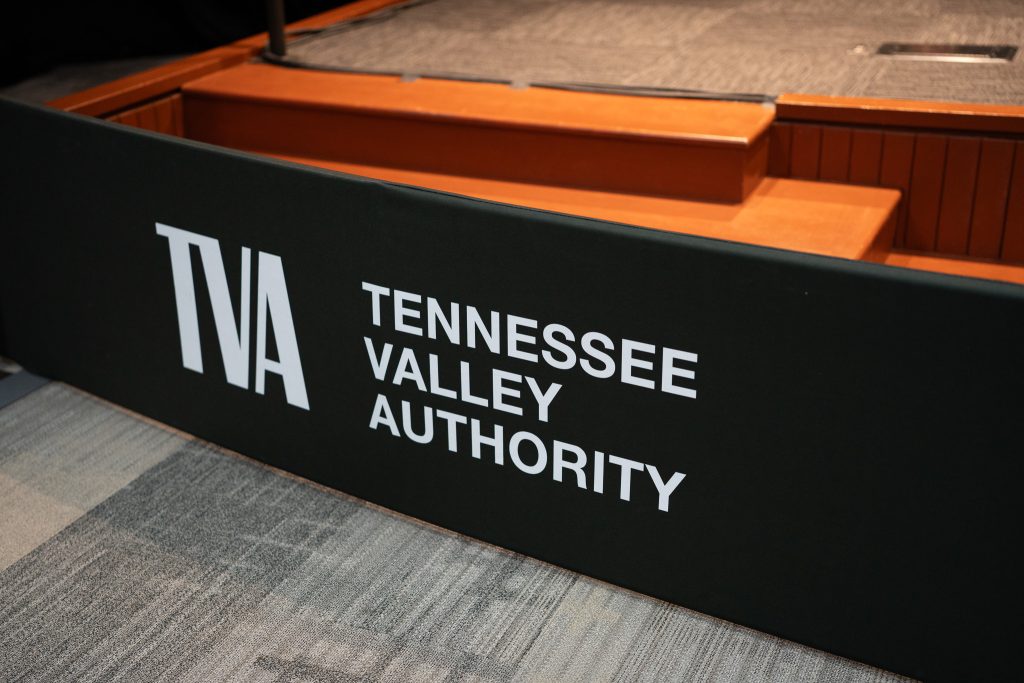CONTACT:
Dan Radmacher, (540) 798-6683, dan@appvoices.org
Chelsea Barnes, (614) 205-6424, chelsea@appvoices.org
Yesterday, the Biden Administration released draft guidance regarding how states and tribes should administer the new $11.3 billion in Abandoned Mine Land (AML) funding authorized by the 2021 Bipartisan Infrastructure Law known as the Infrastructure Investment and Jobs Act. The administration is accepting comments on the guidance through June 13, 2022, and the first grant distribution is expected late this year.
“The investment made through the Bipartisan Infrastructure Law in Abandoned Mine Land clean up is historic,” said Rebecca Shelton of Appalachian Citizens’ Law Center. “However, we must ensure that these funds have maximum economic and environmental impact in these hard hit communities, and this draft guidance is an important and meaningful first step.”
The draft guidance released by the Department of Interior (DOI) directs states and tribes to prioritize mine reclamation projects that qualify for Justice40, a Biden Administration initiative that aims to deliver 40% of the overall benefits of certain federal investments to disadvantaged communities, in addition to other measures intended to increase the impacts of these funds for disadvantaged communities.
“Communities impacted by the coal mining industry and its decline represent the exact types of communities the Justice40 initiative is targeting — those dealing with legacy pollution and related health impacts, the future threats from climate change such as increased flooding, and the loss of community wealth,” said Chelsea Barnes, Legislative Director for Appalachian Voices. “We applaud the Department of Interior’s prioritization of Justice40, and encourage the department to collaborate with stakeholders to ensure that this abandoned mine land funding is reaching the most disadvantaged communities.”
The guidance requires states and tribes to incorporate public engagement to help determine which abandoned mine land sites to prioritize for clean-up. However, the guidance does not indicate how the $25 million included in the new law for updating the federal inventory of AML sites will be spent.
“In order to ensure that the funding is spent effectively and responsibly, the Department of Interior must release a proposal for how it will invest $25 million to update the federal AML inventory, and ensure community input is part of that plan,” said Barnes.
After the Bipartisan Infrastructure Law was enacted, a coalition including ReImagine Appalachia, Ohio River Valley Institute, Appalachian Citizens’ Law Center and Appalachian Voices conducted a series of discussions with labor partners and state agencies across the region to explore how the new funds could maximize the creation of good jobs. The results of this extensive research were summarized in this recommendation document, which was shared with DOI leadership earlier this year.
“If implemented properly, this new funding will be a stunning win-win-win for our workers, the environment, and for the economy.” said Dana Kuhnline, Campaign Manager, ReImagine Appalachia. “We were heartened to see so many of our priorities for efficient, just and worker friendly implementation included in the draft guidance. In the coming years, the reclamation field will see incredible growth. We are looking forward to working with the DOI and state agencies to help ensure that these new jobs turn into good, family-sustaining careers for workers.”
Historically, implementation of the AML program has not prioritized workforce needs. However, many of the recommendations included in the draft guidance will not only benefit workers, but also the overall effectiveness and efficiency of the program. For example, the guidance recommends the use of project labor agreements or unionized project workforce for projects over $1 million dollars, and encourages states and tribes to prioritize larger projects and those that can be aggregated into large contracts.
Notably, the new law differs from the historic AML program in that it requires that projects use Davis Bacon prevailing wage laws. In areas where prevailing wages are not currently required and grant contracts go to the lowest bidder, this new requirement will ensure that contractors do not reduce wages in order to win contracts.
“The workforce recommendations in the draft guidelines will attract more contractors to help meet increased demand for AML construction services, grow a qualified AML reclamation workforce, pay family-sustaining wages to AML construction workers, and decrease AML construction costs and time,” said Kuhnline.
“President Biden and Secretary Haaland continue to tout the BIL investments in mine cleanup as a marquee generator of ‘good, union jobs’ across rural America. This draft guidance document signals a shift toward prioritizing the reclamation workers — from backhoe operators to field scientists — who make mine cleanup possible,” said Eric Dixon, Senior Researcher with Ohio River Valley Institute. “I look forward to working with the Department to see that the final version of this guidance includes rules clear and strong enough that the new emphasis on workers actually leads to more union jobs and improved job quality. To that end, I’m encouraged that the agency is considering whether a rule-making is needed to bring some aspects of the program into the twenty-first century.”
The draft guidance includes confirmation that AML funding can be used to treat water pollution from historic coal mining that aren’t adjacent to an existing site, an essential rule to allow for the treatment of acid mine drainage and other water pollution. However, the guidance confirms that the law does not allow for the long term set-aside of funding for the treatment of acid mine drainage. Advocates worked with U.S. Sen. Bob Casey Jr. (D-PA), Sen. Mike Braun (R-IN), U.S. Rep. Matt Cartwright (D-PA-08), and Rep. McKinley (R-WV-01) on a recent bill, the STREAM Act (H.R. 7283/S. 3957), to address this oversight in the Bipartisan Infrastructure Law.
“Sometimes polluted water can travel miles from the original site, so it’s important that the draft guidance allows communities to treat that pollution wherever it may show up,” said Shelton. “However, states and tribes also need to have the option to establish long-term savings accounts to treat acid mine drainage impacted waters. Congressional action is needed to make this an option. The STREAM Act is essential to the clean up of acid mine drainage because it provides states and tribes with the necessary flexibility to use these savings accounts.”
###
Appalachian Voices is a leading nonprofit advocate for a healthy environment and just economy in the Appalachian region, and a driving force in America’s shift from fossil fuels to a clean energy future.



